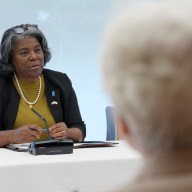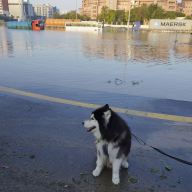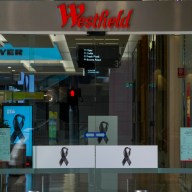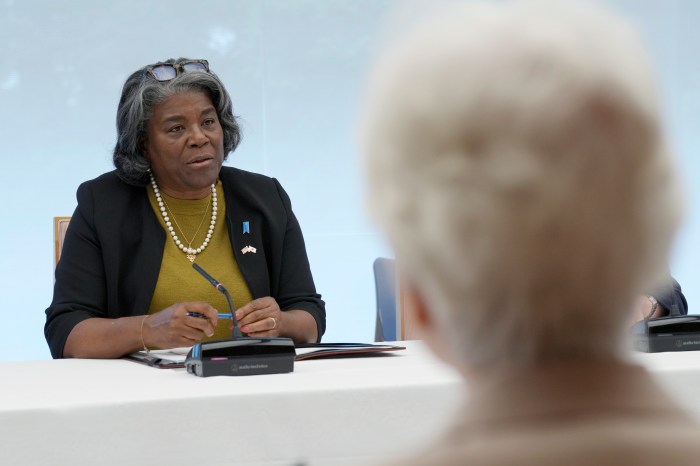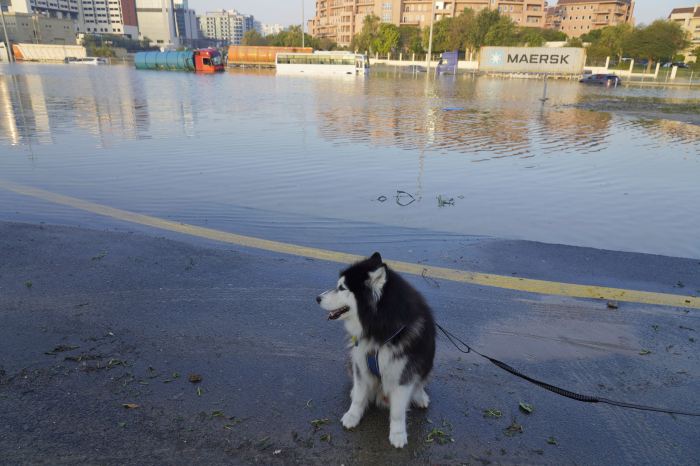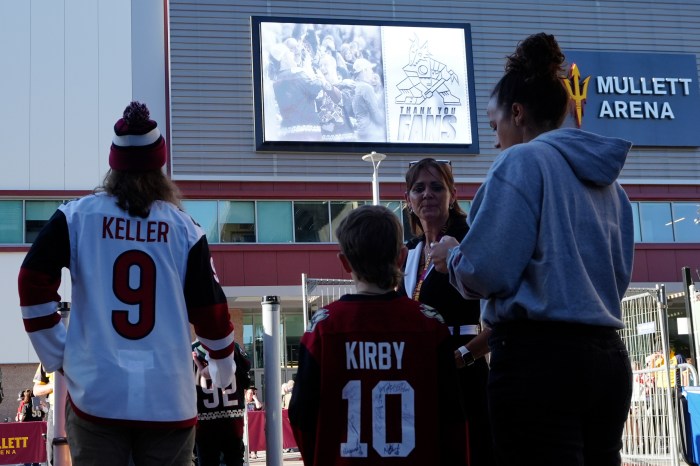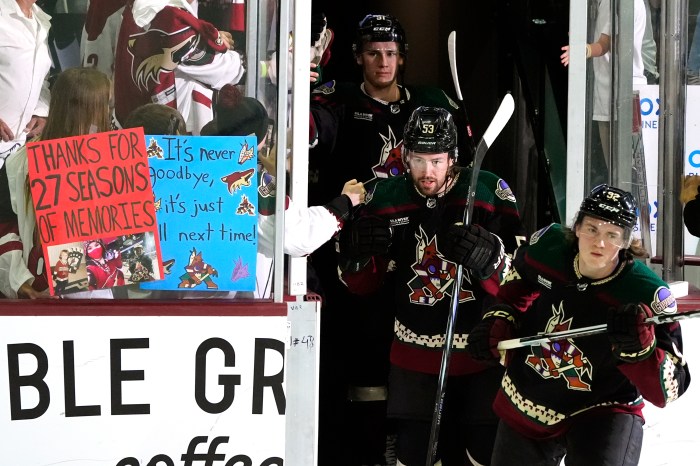I’ve been carefully reading the ingredient lists of all my personal care products to avoid the Dirty Dozen. Then I opened a new box of toothpaste for my three-year-old daughter. It had three of the Dirty Dozen ingredients. What’s the trick to avoiding these toxic chemicals?
Tara, Toronto
Don’t be too hard on yourself.
When we asked 6,000 Canadians to look for the Dirty Dozen in their personal care products, we learned that oral care products were the ones most likely not to have an ingredient list.
Toothpaste is tricky. It’s one of those personal care products regulated as a drug, not a cosmetic, on the basis of therapeutic claims like tartar-fighting.
What does this mean for you and I?
Only “active ingredients” are required to be listed on the package. Many sunscreens, antiperspirants and anti-bacterial cleansers also fall into this “drug” category, bypassing the requirement for a complete ingredient list.
For your next toothpaste purchase, look for a product that provides a full ingredient list.
Keep an eye out for triclosan (an anti-bacterial agent) and sodium laureth sulfate (SLS or SLES), which are commonly found in toothpaste, then avoid them.
In the future if you buy toothpaste with one of the Dirty Dozen by accident, take it back to the store. Most retailers will honour a return, and you could also write to the manufacturer.
The good news is that many toothpastes on store shelves don’t contain any of the Dirty Dozen. You just might have to look at a health food store or an organic grocer.
Ultimately, it would be great if we didn’t have to shop defensively. Help us get stronger laws to keep toxics out of our personal care products. Visit 
Lindsay Coulter gives you the straight goods on living green. Send your questions to queenofgreen@metronews.ca. For more great tips, visit The David Suzuki Foundation at davidsuzuki.org.






